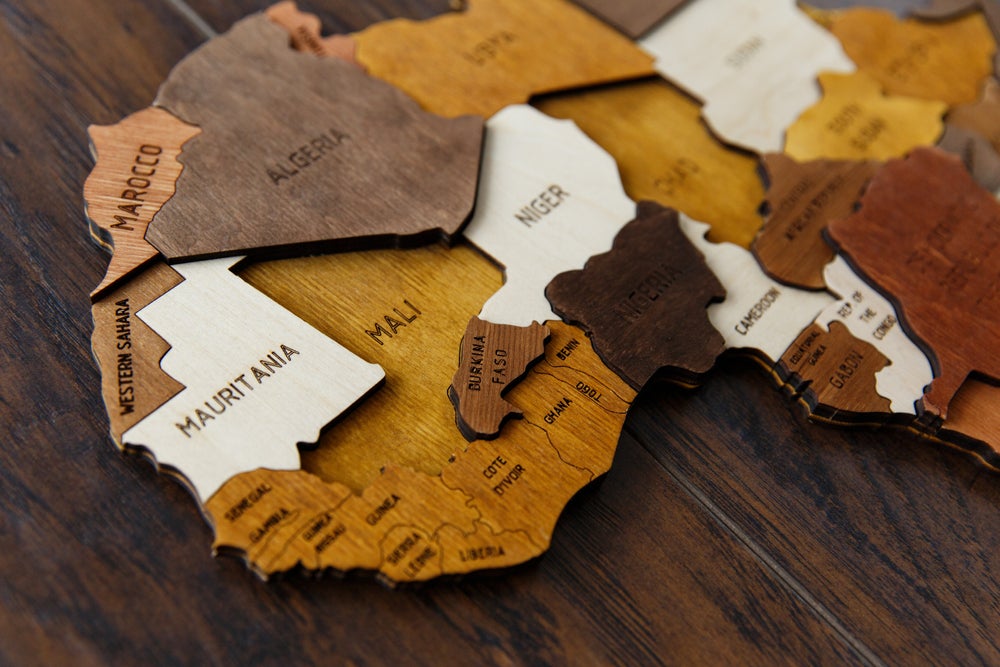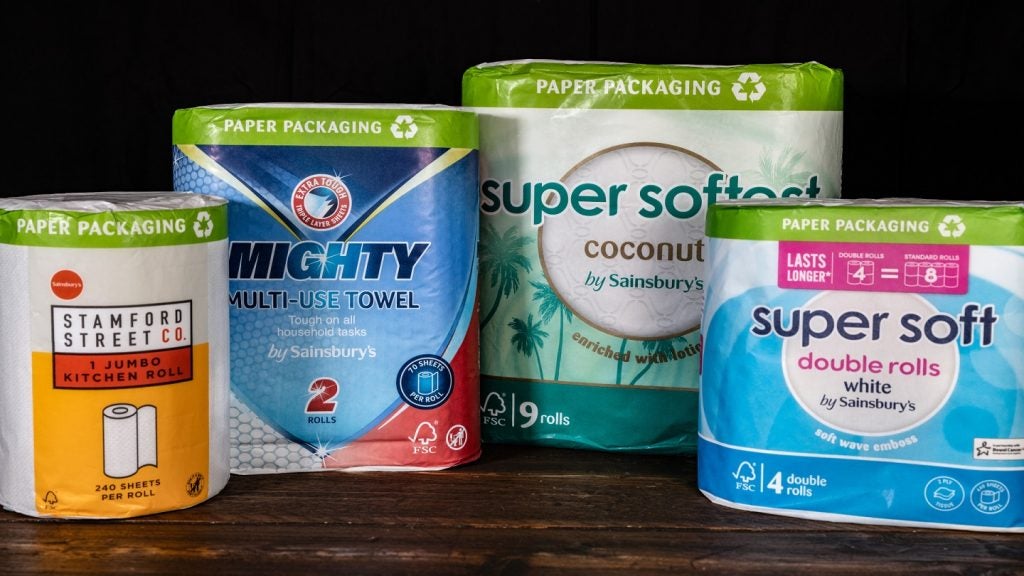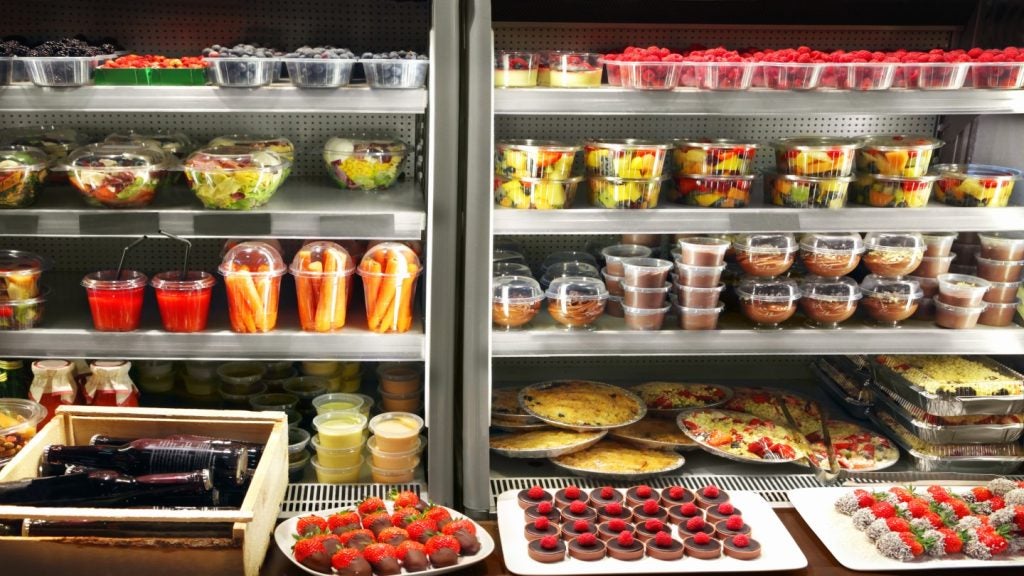In the dynamic landscape of West Africa's packaging industry, where innovation meets tradition, an exciting journey unfolds. The story of this evolving market revolves around a potent combination of agriculture, economy, and changing consumer preferences.
A report by USAID delves into this captivating narrative, highlighting how packaging demand in West Africa has evolved over time.
West Africa, a region known for its vibrant culture and economic diversity, has witnessed a remarkable surge in the packaging industry. At the forefront of this transformation is Nigeria, the undisputed heavyweight in the subregion.
This African giant, with its booming demographic and economic prowess, has assumed a pivotal role in shaping the packaging landscape. In 2021, Nigeria joined forces with the World Economic Forum's Global Plastic Action Partnership (GPAP) to fight plastic pollution.
Initially, the packaging industry in West Africa emerged in response to the exponential growth of the farming and food sectors. The need to efficiently collect, handle, and transport farm produce spurred the development of food packaging. It was a time when practicality and functionality were paramount.
Diversification unleashed: a container for every need
As West Africa's economy expanded, so did the appetite for packaging. Glass and metal packaging emerged as frontrunners in satisfying the ever-growing demand for packaging food industry products.
This transformative phase saw a surge in containers designed to hold a wide range of goods, from beverages like beer and soft drinks to essentials like mineral waters, dairy products, and flour.
These containers not only preserved the freshness and quality of the products but also catered to the evolving preferences of a burgeoning consumer base. West Africans were no longer just consumers; they were discerning buyers, and packaging played a pivotal role in influencing their choices.
The kaleidoscope of packaging materials
The packaging industry in West Africa has come a long way from its modest beginnings. Today, it boasts a diverse array of packaging materials, reflecting the region's rich tapestry of culture and resources. Cardboard, metal, glass, plastic, and even natural fibres have all found their place in the packaging world.
Cardboard, with its versatility and eco-friendliness, has made significant inroads. Metal containers, once confined to the fringes, now hold their own, especially in the beverage industry.
Glass containers, with their timeless appeal, continue to be the preferred choice for many premium products. Meanwhile, plastic packaging, known for its convenience and cost-effectiveness, has gained prominence.
The road ahead: challenges and opportunities
While West Africa's packaging industry has made remarkable strides, it is not without its challenges. Sustainability and environmental concerns are rising on the agenda.
As consumers become more conscious of their ecological footprint, the industry is under pressure to innovate and adopt sustainable practices. Leaf packaging is an example of a sustainable alternative that is currently being used in West Africa.
The need for efficient supply chains and logistics systems is another hurdle to overcome. With the region's diverse geography and infrastructure, ensuring timely and cost-effective delivery of packaged goods remains a complex task.
However, these challenges are also opportunities waiting to be seized. West Africa's packaging industry is uniquely positioned to lead the way in sustainable packaging solutions.
As the world grapples with environmental issues, the region can pioneer eco-friendly materials and practices, setting an example for the global packaging community.
West Africa's packaging industry is a captivating tale of growth and evolution. From humble beginnings rooted in agriculture to a diverse ecosystem of materials and products, it mirrors the region's dynamic spirit.
As West Africa continues to embrace change and innovation, its packaging industry stands poised to shape the future of packaging not only in the subregion but on the global stage.















